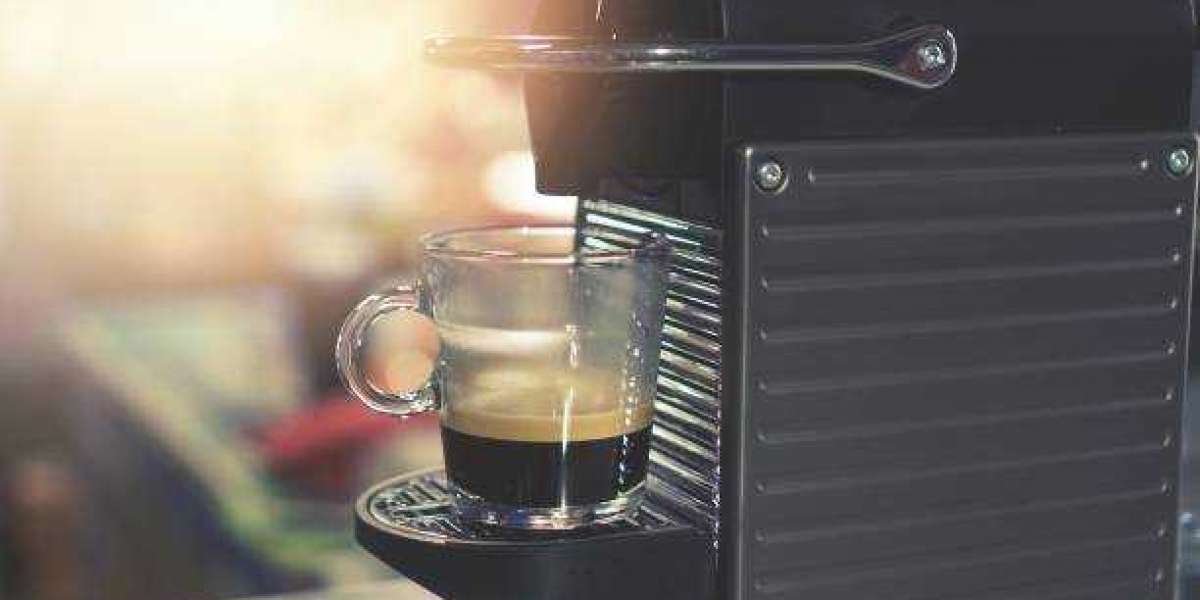Nasal sprays, long a common fixture in medicine cabinets for allergies and congestion, are rapidly evolving into sophisticated drug delivery systems. Driven by technological advancements, a growing understanding of nasal physiology, and the desire for non-invasive delivery, these versatile devices are poised to play a crucial role in treating a wider range of conditions, including systemic and neurological disorders.
Beyond Local Relief: Nasal Sprays for Systemic and CNS Delivery
A significant shift in the nasal spray landscape is the increasing application beyond localized effects in the nasal cavity. Researchers and pharmaceutical companies are leveraging the nasal mucosa's rich vascularization and direct pathway to the brain to deliver drugs systemically and even directly to the Central Nervous System (CNS), bypassing the blood-brain barrier and first-pass metabolism.
- CNS Therapies: Companies like Aero Pump and Resyca, with their "Ultra Soft Nasal Pump Spray," and Aptar Pharma, with its acquisition of SipNose technology, are focusing on nose-to-brain therapies for neurological and psychiatric disorders. This approach offers a non-invasive alternative for delivering drugs for conditions like Alzheimer's, Parkinson's, and even acute suicidal ideation.
- Systemic Absorption: Nasal sprays are increasingly being developed for systemic drug delivery. For instance, the FDA recently expanded the indication for diazepam nasal spray (Valtoco) for seizure clusters to include patients aged 2 years and older. Additionally, the New Drug Application for Bumetanide Nasal Spray, an investigational drug for edema associated with congestive heart failure, was accepted by the FDA in January 2025, with a target action date in September 2025. This highlights the potential for nasal sprays to offer convenient, outpatient alternatives to oral or intravenous medications.
- Vaccines and Peptides: The nasal route is also gaining traction for delivering vaccines, peptides, and hormones, particularly for molecules that have low oral bioavailability or are unstable in the digestive system.
Innovation in Device Technology and Formulation:
The effectiveness of nasal sprays hinges not just on the drug, but on the delivery device itself. Key advancements include:
- Soft Mist Technology: Companies like Medspray and Recipharm are collaborating on proprietary soft mist technology for nasal drug products, aiming for more precise and gentle delivery.
- Powder Delivery Systems: Hovione, in partnership with IDC, is expanding its capabilities in nasal powder delivery devices, offering single-use and multidose options that provide broad and targeted nasal deposition. Nasal powder formulations can offer benefits like improved stability and enhanced bioavailability for certain compounds.
- Bi-Directional Delivery: Novel ideas like Bi-Directional™ delivery are being explored to optimize nasal distribution, potentially improving deposition and absorption.
- Computer Simulations: Researchers are utilizing computer simulations of nasal airflow and deposition to predict clinical outcomes and improve device design.
Market Growth Driven by Respiratory Diseases and Non-Invasive Preference:
The global nasal spray market is experiencing robust growth. Estimated at USD 26.2 billion in 2024, it is projected to reach nearly USD 50 billion by 2034, with a CAGR of 6.7%. Tis growth is primarily fueled by:
- Rising Prevalence of Respiratory Diseases: Chronic conditions like asthma, allergic rhinitis, sinusitis, and COPD necessitate effective and accessible treatments, where nasal sprays provide a convenient option.
- Preference for Non-Invasive Delivery: Patients and healthcare providers increasingly favor non-invasive methods over injections or oral medications due to ease of use, faster onset of action, and improved patient compliance.
- Neurological and Psychiatric Applications: The expanding use of nasal sprays for CNS disorders is a significant growth driver, with esketamine nasal spray for treatment-resistant depression being a notable example.
Contribution to the Nasal Spray Landscape:
a significant hub for pharmaceutical manufacturing and research in India, plays a crucial role in the nasal spray market. Numerous pharmaceutical companies and manufacturers of nasal spray bottles and components operate in and around the city. Companies like Parekhplast India Ltd., East India Pharmaceutical Works Ltd., and various other pharmaceutical manufacturers listed in contribute to the domestic and international supply of nasal spray products and their packaging. This includes both generic and branded products for various indications, from common decongestants to more specialized formulations. The city's robust pharmaceutical ecosystem supports the development, manufacturing, and distribution of these essential medical devices.
As research continues to unlock the full potential of the nasal route for drug delivery, nasal sprays are set to become an even more indispensable tool in modern medicine, offering innovative solutions for a broad spectrum of health conditions.








